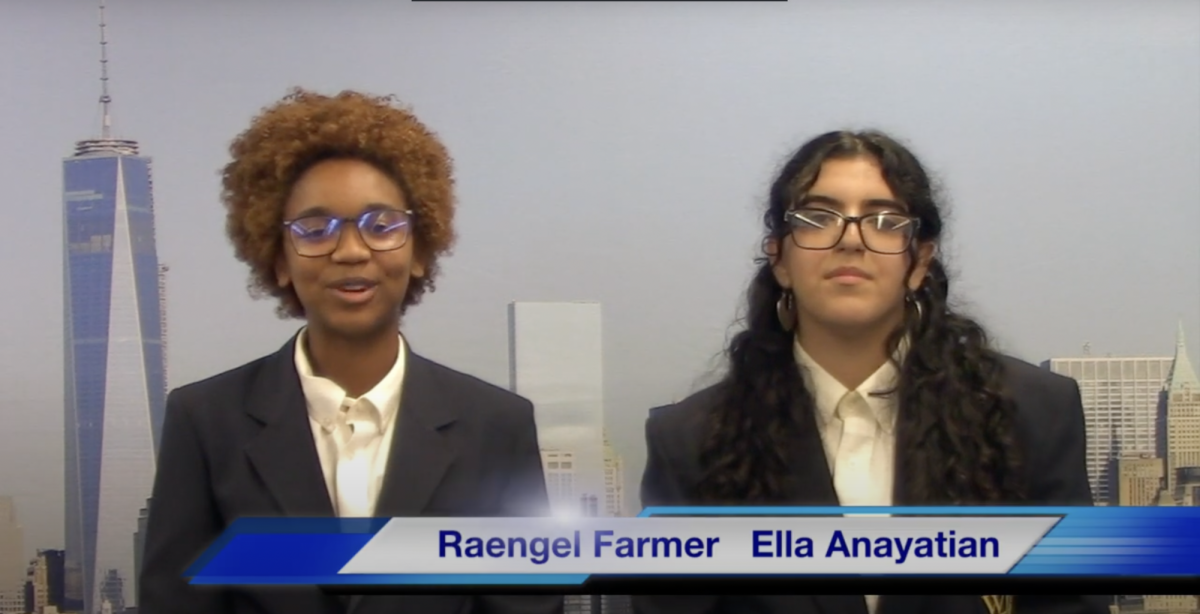
by Raj Vaidya, staff reporter
While most are familiar with the moon that hangs around in the night sky, few are aware that Earth has yet another natural satellite — Cruithne.
This isn’t recent news either: as early as 1997, it was discovered that another body, Cruithne 3753, was a quasi-orbital satellite of Earth. Quasi-orbital simply means that it doesn’t orbit around the earth in a perfect ellipse pattern, similar to that of the moon. Instead, Cruithne speeds through the inner solar system, following what is known as a horseshoe-orbit.
“I think it’s not just the moon itself that’s interesting but also the fact that it doesn’t orbit around the Earth in a perfect circle like the moon,” junior Jason Ruiz said.
However, only a mere 3 miles across, Cruithne is more of an asteroid-like object than an actual moon given that it is too small to form a spherical shape similar to that of conventional planets. It also doesn’t technically orbit around the earth (it orbits around the sun), hence its title “quasi-orbital” satellite.
“I think it was sort of expected that we find something like this. Many things float around in space and I wouldn’t even be surprised if we found a third one someday,” sophomore Renee Choong said.
It is still often referred to as Earth’s “second moon” because Cruithne has a very similar orbit to Earth’s, only off by a day or two in a 365 day cycle. This means that the satellite always stays close to the Earth, and, moreover, moves in tandem with it for long portions of the year, giving the impression of a second moon.










































